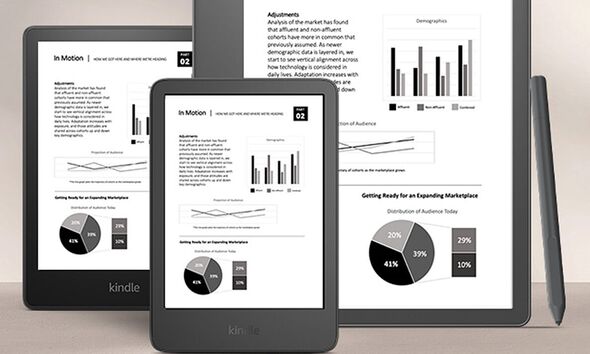
Welcome to our comprehensive guide on the 10 key pillars of an alluring ebook cover design.
In this article, we delve into the intricate world of color theory, typography, and imagery, while exploring the elements that make a cover truly captivating.
Whether you're a seasoned designer or just starting out, this guide will provide you with the creative insights and meticulous details you need to create ebook covers that capture the attention of your audience and convey the essence of your work.
Understanding Color Theory in Ebook Cover Design
Exploring the principles of color theory is essential for creating an effective and visually appealing ebook cover design. Color plays a crucial role in design, as it has the power to evoke emotions and create a psychological impact on viewers.
Understanding color psychology can help designers strategically choose colors that align with the desired message and target audience of the ebook. Colors such as red can evoke feelings of passion and excitement, while blue can create a sense of calm and trust.
By carefully selecting colors that resonate with the content and theme of the ebook, designers can enhance the emotional impact of the cover and attract potential readers.
Additionally, considering the contrast and harmony of colors in the design can further enhance its overall aesthetic appeal.

Choosing the Right Typography for Your Ebook Cover
Selecting appropriate typography is crucial for creating an impactful and visually appealing ebook cover design. Typography trends are constantly evolving, and staying updated can help your cover design stand out.
Here are some key considerations when choosing the right typography for your ebook cover:
Font pairing: Choose fonts that complement each other and create a harmonious visual appeal. Experiment with different combinations to find the perfect balance between readability and aesthetics.
Readability: Ensure that the chosen fonts are legible, even at smaller sizes. Avoid overly decorative or complex fonts that may hinder readability.
Alignment and spacing: Pay attention to the alignment and spacing of the text elements. Consistency and proper spacing can enhance the overall visual appeal of the cover.
Reflect the tone and genre: Consider the tone and genre of your ebook when selecting typography. Different font styles convey different emotions, so choose fonts that align with the theme of your book.
Incorporating Eye-Catching Imagery in Ebook Covers
When it comes to creating a captivating ebook cover, incorporating eye-catching imagery is essential. The visual impact of imagery can instantly draw the reader's attention and pique their curiosity.

By carefully selecting imagery that aligns with the theme and genre of the book, authors can create a powerful visual representation that conveys symbolism and tells a story even before the reader opens the book.
Choosing the right visuals is crucial in creating an ebook cover that not only stands out but also resonates with the target audience.
Visual Impact of Imagery
With a focus on maximizing the visual appeal of ebook covers, incorporating eye-catching imagery is essential for capturing the attention of potential readers. The visual impact of imagery plays a crucial role in creating a captivating cover design.
Here are four key aspects to consider when incorporating eye-catching imagery:
Symbolism in photography: Utilize symbolic elements in your imagery to evoke emotions and convey deeper meanings. Symbols have the power to resonate with readers and create a sense of intrigue.
The psychology of color in visual design: Colors evoke specific emotions and associations. Choose colors that align with the mood and theme of your ebook to create a visually appealing and harmonious cover.
Composition: Pay attention to the arrangement of elements in your imagery. A well-composed image draws the eye and creates a sense of balance and harmony.
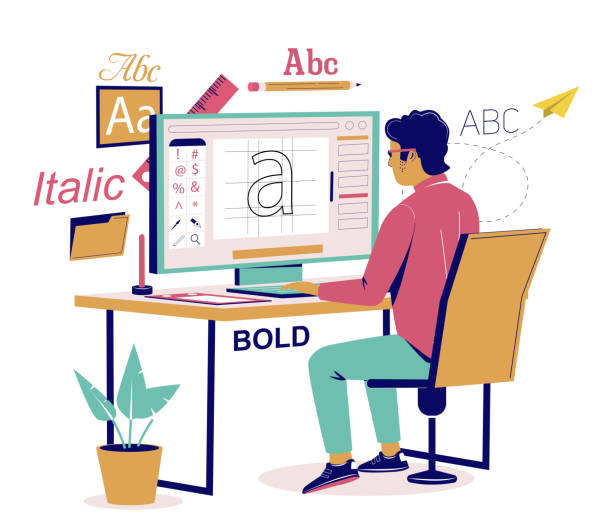
Uniqueness: Stand out from the crowd by using original and distinctive imagery. Avoid clichés and strive for a cover design that is fresh and unexpected.
Incorporating eye-catching imagery in your ebook cover design will not only attract potential readers but also give your book a professional and polished look.
Symbolism and Storytelling
The incorporation of symbolism and storytelling through eye-catching imagery is a crucial aspect of creating captivating ebook covers. Symbolism in design allows for deeper meaning and connection with the audience, while narrative elements help to engage readers and draw them into the story.
When designing an ebook cover, it is important to choose imagery that aligns with the themes and emotions of the book. For example, a cover for a suspenseful thriller may feature dark and mysterious imagery, such as a shadowy figure or an ominous landscape. On the other hand, a cover for a lighthearted romance may incorporate bright colors and images of love and happiness.
Choosing the Right Visuals
In order to create visually appealing ebook covers, it is essential to carefully select and incorporate eye-catching imagery. Choosing appropriate graphics plays a crucial role in captivating the audience and conveying the essence of the book.
Here are four key considerations when selecting visuals for your ebook cover:
Relevance: The imagery should be directly related to the book's content and genre, giving potential readers a glimpse into what they can expect.

Visual Hierarchy: Use contrasting colors, sizes, and positioning to guide the viewer's attention and highlight the most important elements of the cover.
Balance: Ensure that the visual elements are balanced and harmonious, creating a pleasing composition that is visually appealing.
Uniqueness: Stand out from the crowd by selecting imagery that is distinctive and memorable, capturing the essence of your book in a way that sets it apart.
Balancing Elements: Composition and Layout for Ebook Covers
Achieving a harmonious arrangement of visual elements is crucial for creating an impactful composition and layout for ebook covers. When it comes to designing an ebook cover, composition techniques and layout principles play a significant role in capturing the attention of potential readers.
The composition should be balanced, with each element placed strategically to create a sense of harmony and visual appeal. The layout should guide the viewer's eye and highlight the most important elements of the cover, such as the title and author's name.
By employing techniques like the rule of thirds, symmetry, or asymmetry, designers can create a visually compelling cover that draws the viewer in and entices them to explore further.
Ultimately, a well-balanced composition and layout can make a lasting impression and contribute to the overall success of an ebook cover.
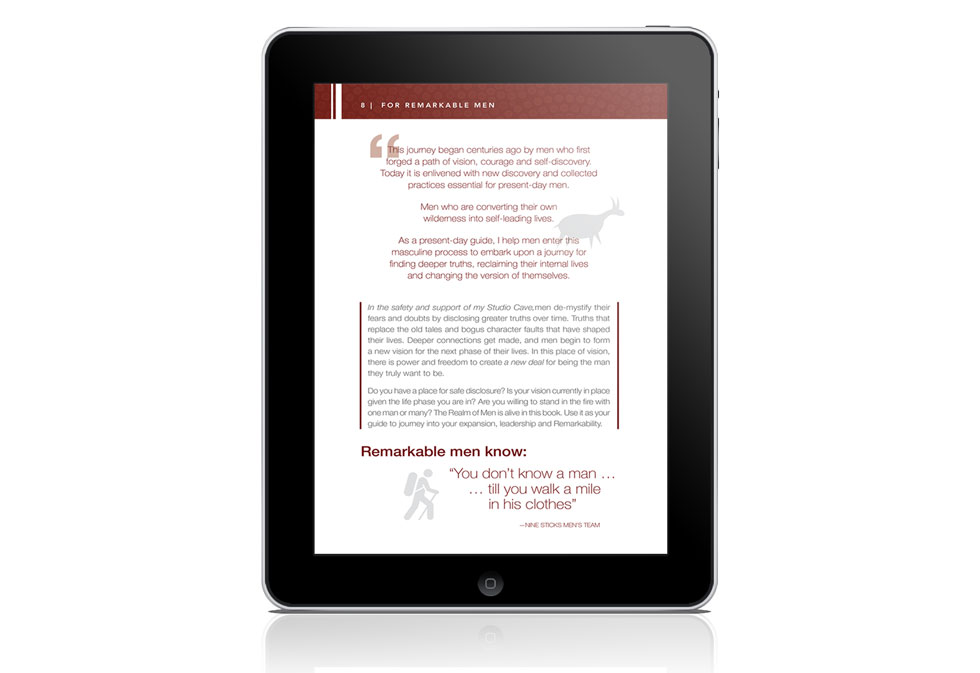
Creating Contrast and Visual Impact in Ebook Cover Designs
To enhance the visual impact of ebook cover designs, designers can employ the use of contrasting elements and strategically incorporate them to create a captivating and attention-grabbing design. By creating contrast, designers can add depth and intrigue to their covers, making them more visually appealing.
Here are four ways to create contrast and visual impact in ebook cover designs:
Color Contrast: Use contrasting colors to create a dynamic and eye-catching design. Pairing complementary colors or using a bold color against a neutral background can create a strong visual impact.
Typography Contrast: Experiment with different font styles and sizes to create contrast in your typography. Mixing bold and thin fonts or combining uppercase and lowercase letters can add visual interest to your cover.
Imagery Contrast: Incorporate textures and patterns into your cover design to create depth and make it visually engaging. Mixing different textures or juxtaposing smooth and rough elements can create a striking contrast.
Composition Contrast: Play with the placement and arrangement of elements on your cover to create contrast. Experiment with asymmetry or create tension by placing contrasting elements close together.
Using Negative Space to Enhance Ebook Cover Design
A strategic utilization of ample negative space can greatly enhance the overall impact and effectiveness of an ebook cover design. Negative space techniques involve intentionally leaving empty spaces in the design, allowing the viewer's eyes to focus on the essential elements.

By embracing a minimalist design approach, negative space can create a sense of balance, elegance, and simplicity, capturing the attention of potential readers. This technique allows for better readability of the title and author name, making it easier to recognize and remember.
The use of negative space also adds a touch of sophistication and professionalism to the cover design, making it stand out among the multitude of other ebooks. It allows for a harmonious composition that is visually appealing and evokes a sense of freedom and creativity.
Harnessing the Power of Symbolism in Ebook Covers
Symbolism plays a crucial role in captivating ebook cover designs, as it allows authors to convey deeper meanings and evoke emotions through visual elements.
Color symbolism can be used to create a specific mood or highlight key themes, while visual storytelling techniques can help tell a compelling story even before the reader opens the book.
Iconic imagery choices can also serve as powerful symbols, representing the essence of the story and capturing the attention of potential readers.
Symbolism in Color
One crucial aspect of creating captivating ebook covers is utilizing the power of symbolism through color. Color psychology plays a significant role in how individuals perceive and interpret visual stimuli, making it a powerful tool for designers. By understanding the cultural associations and meanings behind different colors, designers can effectively communicate specific messages and evoke desired emotions.
Here are four ways in which symbolism in color can be harnessed in ebook covers:

Red: Associated with passion, energy, and urgency, red can grab attention and create a sense of excitement.
Blue: Often linked to trust, calmness, and stability, blue can convey a sense of reliability and professionalism.
Green: Symbolizing nature, growth, and harmony, green can evoke feelings of freshness and tranquility.
Yellow: Representing happiness, optimism, and creativity, yellow can bring a sense of joy and positivity to ebook covers.
Visual Storytelling Techniques
Two important visual storytelling techniques that designers can utilize in ebook covers are the strategic use of symbolism and the power of imagery.
Symbolism in photography can be a powerful tool to convey deeper meanings and evoke emotions in the viewer. By incorporating symbols that are relevant to the story or theme of the ebook, designers can create a visual language that speaks directly to the audience. For example, using a bird symbolizes freedom, while a broken chain can represent liberation.
Additionally, the importance of font selection cannot be underestimated. The right font can enhance the overall design and convey the tone and genre of the ebook. Whether it's a bold and modern font for a thriller or a delicate and elegant font for a romance novel, the choice of typography plays a crucial role in capturing the reader's attention and setting the mood for the story.

Iconic Imagery Choices
Effectively harnessing the power of symbolism in ebook covers can elevate the impact and resonance of the iconic imagery choices. By incorporating symbolic elements into the design, ebook covers can communicate deeper meanings and evoke emotions that resonate with the audience.
Here are four ways to make creative imagery choices that harness the power of symbolism in ebook covers:
Use visual metaphors: Incorporate symbols that represent abstract concepts or ideas related to the content of the ebook. This can add depth and intrigue to the cover design.
Cultural symbolism: Consider incorporating symbols that hold cultural significance and can resonate with a specific target audience. This can create a sense of familiarity and connection.
Color symbolism: Choose colors that convey certain emotions or themes associated with the ebook's content. Colors have the power to evoke strong emotions and create visual impact.
Archetypal symbols: Utilize archetypal symbols that have universal meanings and can evoke a sense of collective consciousness. These symbols can tap into the collective human experience and resonate with a wide range of readers.
Incorporating Branding Elements in Ebook Cover Design
Several strategies can be employed to effectively incorporate branding elements into ebook cover design.
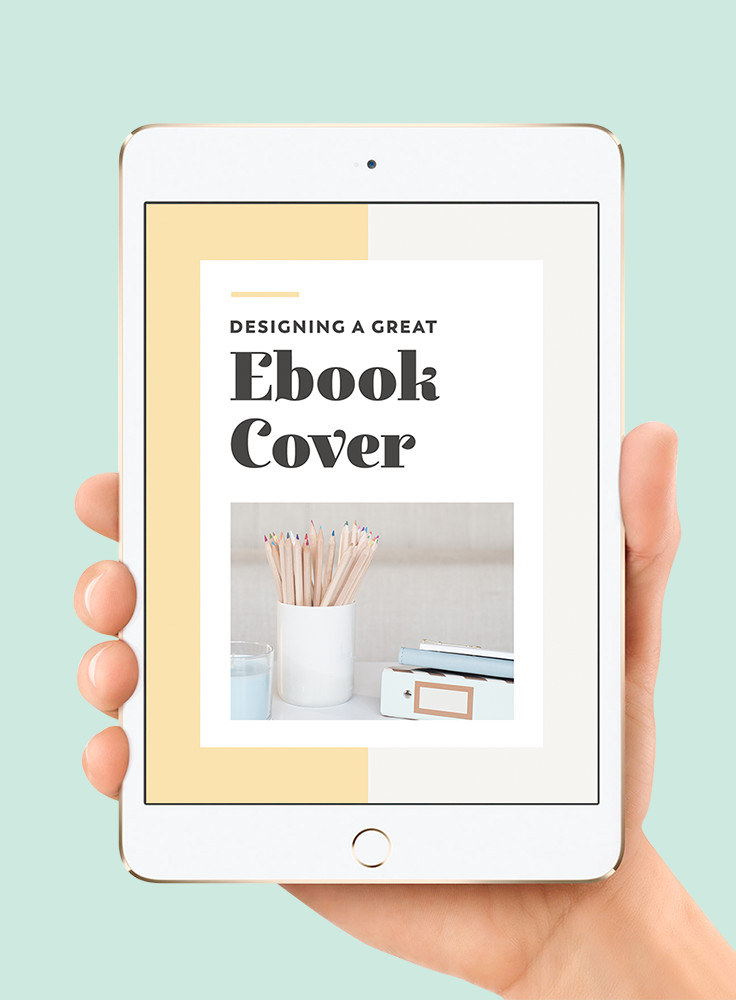
One of the key strategies is maintaining branding consistency throughout the design. This involves using the same colors, fonts, and design elements that are already associated with the brand. By doing so, the cover becomes instantly recognizable and reinforces the brand's identity.
Another strategy is to incorporate the brand logo or tagline into the design. This helps to further establish the brand and create a sense of unity between the ebook and the brand.
Additionally, using imagery that aligns with the brand's values and messaging is crucial in creating a cohesive and impactful design.
When optimizing ebook covers for different platforms and devices, it is important to consider the specific requirements and limitations of each platform. To ensure that your ebook cover design looks appealing and professional across all devices, consider the following tips:
Use responsive design: Create ebook covers that adapt to different screen sizes and resolutions. This will ensure that your cover looks great on smartphones, tablets, and computers.
Test on multiple devices: Use various devices to test how your ebook cover design appears. This will help you identify any issues and make necessary adjustments.
Optimize file size: Reduce the file size of your ebook cover without compromising on quality. This will ensure faster loading times on different platforms.

Utilize ebook cover design tools: Take advantage of ebook cover design tools that offer templates and customization options specific to different platforms. This will make the optimization process easier and more efficient.
Testing and Iterating: Refining Ebook Cover Designs for Maximum Impact
When it comes to creating captivating ebook cover designs, continuous improvement is key. Testing and iterating on your designs allows you to refine them for maximum impact.
By analyzing the feedback and reactions from your target audience, you can make adjustments to the color, typography, imagery, and other elements to create a cover that truly captivates and entices readers.
Through this process of refinement, you can ensure that your ebook cover design stands out and effectively grabs the attention of potential readers.
Continuous Design Improvement
Implementing regular testing and iterating is essential for refining ebook cover designs to achieve maximum impact. By continuously improving and refining your designs, you can ensure that your ebook covers are captivating and engaging. Here are four key reasons why continuous design improvement is crucial for ebook cover success:
Stay relevant: By testing and iterating, you can keep up with the latest design trends and ensure that your ebook covers remain modern and fresh.
Optimize for conversion: Regular testing allows you to identify which design elements resonate with your target audience, helping you optimize your covers for maximum conversion rates.

Enhance branding: Through continuous improvement, you can refine your design elements to align with your brand identity, creating a cohesive and recognizable visual presence.
Stand out from the competition: By consistently refining your ebook covers, you can differentiate yourself from other authors and grab the attention of potential readers.
Impactful Cover Iteration
By continually testing and refining ebook cover designs, authors can enhance their impact and captivate readers.
Impactful cover design is crucial for catching the attention of potential readers and enticing them to explore further.
One effective way to refine ebook cover designs is through the use of A/B testing techniques. This involves creating two versions of the cover and testing them with different segments of the target audience to determine which one performs better.
Through this iterative process, authors can gather valuable feedback and make necessary adjustments to create a cover that maximizes its impact.
A/B testing allows authors to experiment with various elements such as color, typography, imagery, and layout, ensuring that the final design resonates with the intended audience and leaves a lasting impression.
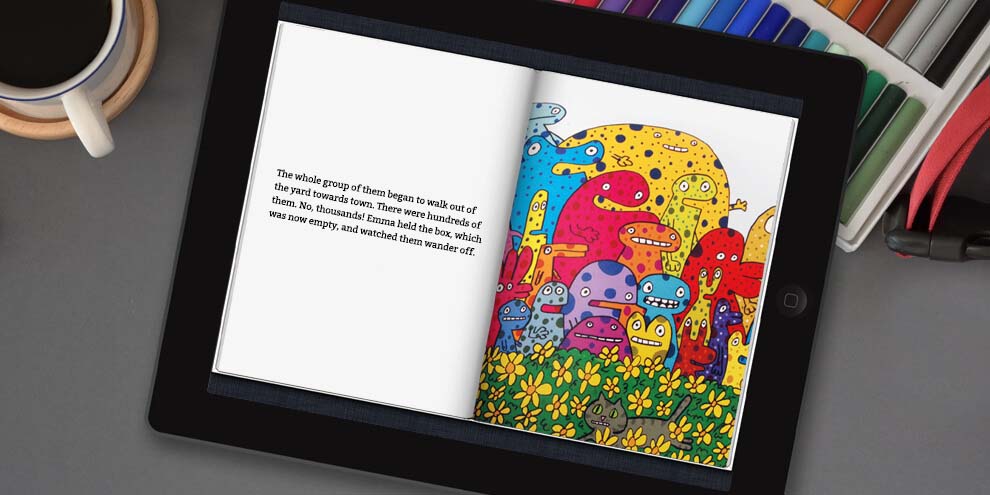
Frequently Asked Questions
What Is the Recommended Size for an Ebook Cover Design?
Standard dimensions for an ebook cover design vary depending on the platform, but a recommended size is typically 1600 pixels by 2560 pixels. Design software such as Adobe Photoshop or Canva can be utilized to create visually appealing covers.
How Can I Make My Ebook Cover Stand Out From Others in the Market?
Making your ebook cover unique is essential for standing out in the market. Embrace the power of simplicity, focusing on clean design and a strong visual impact. Pay attention to details and use artistic elements to captivate your audience.
Are There Any Copyright Restrictions When Using Imagery for Ebook Covers?
When incorporating imagery into ebook covers, it is crucial to consider copyright restrictions and licensing requirements. Designers should explore legal image sourcing options and utilize image editing techniques. Originality and uniqueness are essential to avoid potential consequences of copyright infringement. Alternative options to using copyrighted imagery should be explored.
How Can I Ensure That My Ebook Cover Design Is Visually Appealing to My Target Audience?
To ensure a visually appealing ebook cover design, it is essential to understand color psychology and create a strong visual hierarchy. By incorporating these elements, the cover will captivate the target audience and effectively convey the message of the book.
Is It Necessary to Include the Title and Author's Name on the Ebook Cover Design?
Including the title and author's name on an ebook cover design has pros and cons. It provides clarity and branding, but can also clutter the design. Minimalist designs can have a strong impact without including these elements.
 Digital Art InstructionDIY Infographics DesignMobile Game ArtworkPersonalized Logo Design3D AnimationeBook Covers DesignPrivacy PolicyTerms And Conditions
Digital Art InstructionDIY Infographics DesignMobile Game ArtworkPersonalized Logo Design3D AnimationeBook Covers DesignPrivacy PolicyTerms And Conditions
